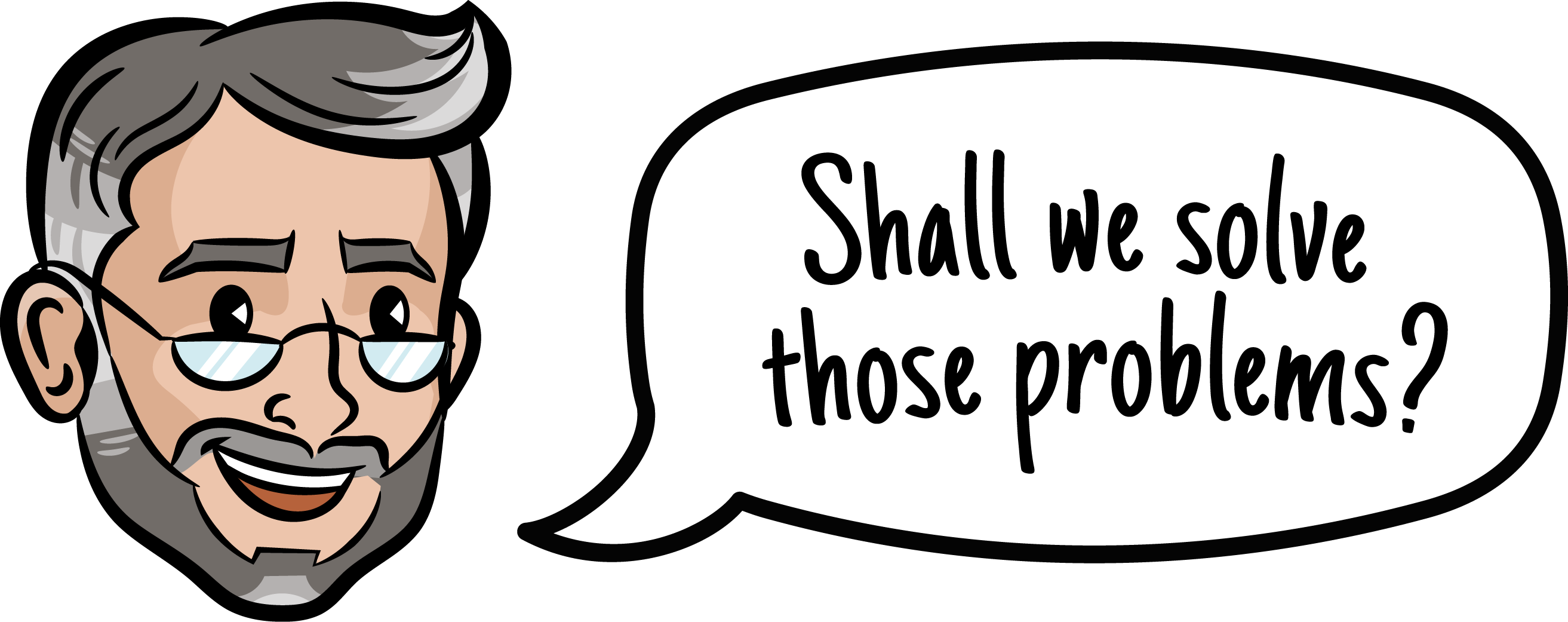Table of Contents
Introduction: Why OTE Matters More Than You Think
Defining On-Target Earnings (OTE)
Deconstructing the Components of OTE
Strategic Role of OTE in Compensation Planning
Determining the Right OTE Structure
Integrating OTE into Sales Compensation Architecture
Linking OTE to Sales Quotas
Accelerators and Deccelerators: Expanding Beyond OTE
OTE and Sales Performance Management
Marketing Alignment with OTE
Legal, Fairness, and Plan Complexity
Common OTE Pitfalls to Avoid
Implementing & Optimizing OTE Plans
Final Thought: OTE as an Operating System
Useful Related Posts from Sales Funnel Professor
Introduction: Why OTE Matters More Than You Think
Designing a sales compensation plan that motivates your team, aligns with strategic goals, and stays financially viable is no easy feat. At the heart of it lies On-Target Earnings (OTE)—a term that’s often misunderstood yet critical to sales performance, compensation design, and business forecasting.
Leaders across sales, finance, and marketing must align on what OTE means and how it works. Done right, OTE becomes the unifying benchmark for performance, cost modeling, and incentive alignment. It influences everything from sales behavior and recruiting strategy to budgeting, forecasting, and cross-functional coordination. Understanding it in depth is not just useful—it’s essential.
In a world of increasing complexity and cross-functional collaboration, OTE also serves as a shared language—a number that communicates expectations, risk, opportunity, and strategic focus across departments. As go-to-market teams work more closely than ever before, understanding this metric becomes a point of collaboration, not just compensation.
This article dives deep into what OTE is, how it’s calculated, why it’s crucial in sales compensation design, and how it intersects with performance management, revenue forecasting, marketing alignment, and cultural strategy.

Defining On-Target Earnings (OTE)
OTE represents the total expected annual compensation a sales professional earns when they meet 100% of their quota. It consists of two major components:
- Base Salary: The fixed portion, paid regardless of performance
- Target Variable Pay: The contingent earnings tied to quota attainment (commissions, bonuses, incentives)
OTE serves as a financial and psychological anchor:
- For candidates, it’s a key motivator and job selection criterion
- For leadership, it’s a forecasting tool, cost planning input, and strategic sales design lever
It’s important to distinguish OTE from total compensation. OTE is based on target performance, while total compensation may be higher or lower depending on actual results, overachievement bonuses (accelerators), or underperformance.
Deconstructing the Components of OTE
The Core Building Blocks
- Base Salary provides stability and income assurance during ramp periods, long sales cycles, or when external market conditions challenge sales performance. It also compensates for non-quota-related work: admin tasks, reporting, internal collaboration, and customer relationship maintenance.
- Target Variable Pay is aligned with the sales quota and defines the amount a rep earns for hitting 100% of their performance goals. This part of compensation is what makes the earnings “on-target.”
Common OTE Splits:
- 50/50: $60K base + $60K variable = $120K OTE
- 60/40: $72K base + $48K variable = $120K OTE
- 70/30: $84K base + $36K variable = $120K OTE
Choosing the right split is strategic and depends on risk tolerance, sales cycle length, industry expectations, and desired behavior.
The OTE Formula:
OTE = Base Salary + Target Variable Pay
Understanding how to calculate OTE enables budgeting, scenario planning, and compensation strategy alignment.
Strategic Role of OTE in Compensation Planning
OTE is foundational—not optional—in modern sales organizations. It helps:
- Attract and retain top performers with competitive earnings
- Align earnings potential with strategic business objectives
- Define the role’s value proposition (e.g., growth vs. support)
- Anchor performance expectations and payout modeling
OTE also enables job-level clarity. For instance, roles with high OTE and low base communicate risk-and-reward dynamics. Roles with high base and moderate OTE signal a focus on long-term relationship building.

Determining the Right OTE Structure
Balancing base and variable pay is one of the most important design decisions:
- Startup or growth-stage: Higher variable (e.g., 40/60 or 50/50)
- Established companies: More stability (e.g., 70/30 or 80/20)
- Hunter roles: Higher variable to drive new acquisition
- Farmer roles: Higher base to support account management
Industry standards and sales cycle characteristics should also guide the design. The balance must align with the role’s influence over closed revenue and time-to-closure.
OTE structure should not just incentivize performance—it should reflect role difficulty, opportunity, and alignment with team and company goals.
Integrating OTE into Sales Compensation Architecture
OTE should not be a standalone figure. It must integrate into the broader compensation system, which includes:
- Commission thresholds and rates
- Accelerators and decelerators
- SPIFFs and seasonal bonuses
- Equity or long-term incentive plans
For example:
- SDRs may have OTEs built on meeting activity KPIs (calls, meetings)
- AEs may have OTEs driven by revenue closed
- AMs may be paid for upsell, renewal, and retention metrics
Each structure should tie back to the measurable behaviors that drive success in the role.
Linking OTE to Sales Quotas
OTE is tied to sales quotas, which are the performance triggers for variable compensation. The quota must be realistic and matched to market potential.
Poorly set quotas undermine OTE:
- Too high: Reps won’t hit target, morale drops
- Too low: Overspending on mediocre performance
Effective quota design ensures OTE is perceived as achievable and fair. Use bottom-up modeling (territory size, deal history, win rates) over top-down revenue mandates whenever possible.
Accelerators and Deccelerators: Expanding Beyond OTE
- Accelerators boost payout when reps exceed quota (e.g., higher commission rate after 100%)
- Deccelerators reduce earnings for underperformance (e.g., under 80% quota)
Accelerators can make high OTEs even more attractive, especially in high-growth companies. Well-designed accelerators reinforce performance without sacrificing sustainability.
OTE and Sales Performance Management
OTE attainment is a powerful KPI. It allows leadership to:
- Monitor quota achievement in real-time
- Identify coaching opportunities
- Analyze team trends
When tracked properly, OTE data can also feed into performance reviews, promotion considerations, and training interventions. It’s both a compensation target and a performance metric.
Marketing Alignment with OTE
Marketing leaders must understand how OTE works because it affects:
- Lead prioritization
- Campaign focus
- Revenue attribution
If sales comp plans reward speed-to-close, marketing can create content that accelerates the pipeline. If comp plans emphasize high-margin products, marketing should direct its messaging and demand gen accordingly.
Clear communication between marketing and sales about OTE plans results in better-qualified leads and more effective support materials.
Legal, Fairness, and Plan Complexity
Leaders must ensure OTE plans:
- Comply with local labor and tax laws
- Include clear written documentation
- Maintain internal fairness across roles and geographies
Avoid over-complication:
- Too many KPIs reduce clarity
- Vague terms create confusion
Plans must be simple, transparent, and reviewable. Clear OTE documentation during onboarding builds trust and boosts engagement.
Common OTE Pitfalls to Avoid
- Unrealistic OTE levels that don’t match business economics
- Overly complex payout formulas that confuse reps
- Failure to revisit quotas or OTEs over time
Stay aligned by reviewing comp plans annually or when entering new markets or launching new products.
Implementing & Optimizing OTE Plans
Step-by-step checklist:
- Define business and sales goals
- Benchmark OTE for each role
- Choose appropriate base/variable split
- Build quota and commission rules
- Model financial impact at multiple attainment levels
- Secure cross-functional alignment
- Launch with clear documentation
- Monitor performance and iterate
Use tools like SPM platforms (Xactly, CaptivateIQ) for real-time tracking, error reduction, and transparency.
Final Thought: OTE as an Operating System
Treat OTE not as a static number, but as a dynamic operating system that:
- Connects compensation to behavior
- Bridges departments
- Supports forecasting and modeling
- Shapes culture
It is a lever for revenue leadership—and a signal to the market.
Useful Blogs from Sales Funnel Professor
- Fintech for Sales and Marketing: Strategies for Growth
Discover how embedded finance and real-time data from FinTech solutions can elevate your sales compensation models and revenue visibility. - Digital Marketing for Equipment Dealers: Boost Sales
Boost construction equipment sales with proven digital marketing strategies: SEO, social media, paid ads, and lead nurturing for dealers. - NPS Meaning: What Is Net Promoter Score and How To Measure It
Master how to calculate, interpret, and leverage Net Promoter Score (NPS) to align customer loyalty with your sales performance incentives. - Push the Envelope in Sales and Marketing: A Leader’s Guide
Learn how to foster innovation and calculated risk-taking across your revenue teams to drive breakthrough performance. - What Is a Funnel Builder? Sales Funnel Building Skills Explained
Understand the mindset and skillset behind designing performance-optimized marketing funnels that drive measurable ROI. - Brand Positioning Strategy: Your Shortcut to High Velocity Funnels
Learn how to position your brand strategically for higher conversion rates and more predictable revenue. - Construction Equipment Digital Marketing for Dealers
Learn how equipment dealers use SEO, PPC, and digital channels to drive leads and close high-value sales.


